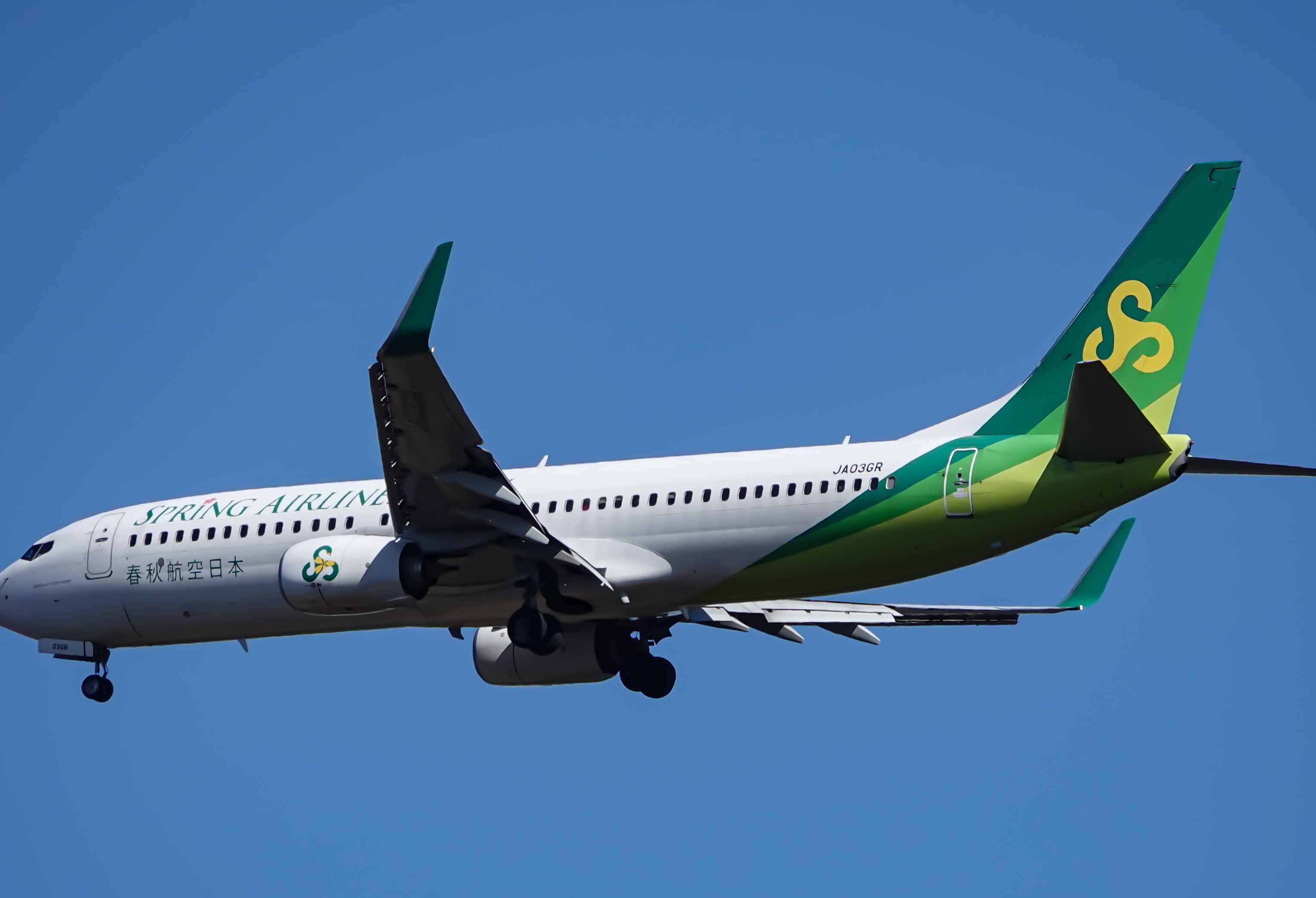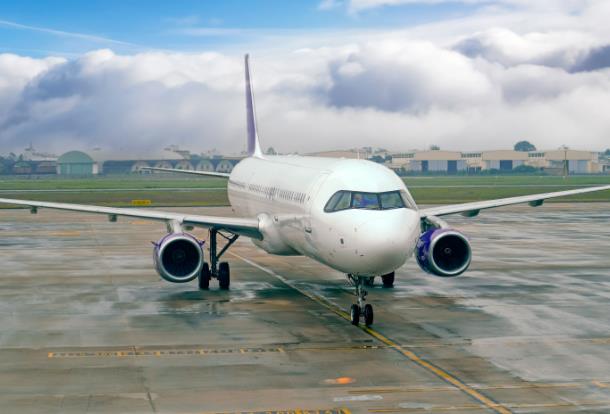
Several airlines have recently made major adjustments to their Japan-bound routes from Shenzhen:
*Since the May Day holiday, Hainan Airlines has cancelled its Shenzhen–Osaka Kansai route.
*Starting June 3, China Southern Airlines will reduce its Shenzhen–Osaka Kansai service from daily to four flights per week.
*Beginning July 1, Shenzhen Airlines will cut its Shenzhen–Nagoya Chubu route from daily service to three flights per week.
Why are so many Japan-bound flights being reduced or cancelled from Shenzhen?
Industry insiders cite low passenger load factors as a key reason.
According to data from VariFlight, all three routes show high cancellation rates, with Hainan Airlines' Shenzhen–Osaka route reaching a striking 83%.
As a first-tier city with a robust economy, why is Shenzhen struggling to maintain Japan routes?
Shenzhen faces tough competition from neighboring hubs, Hong Kong International Airport and Guangzhou Baiyun International Airport—both of which hold strong advantages in international route operations.
Hong Kong International Airport boasts a well-established route network and high flight frequencies, drawing a large share of travelers from across South China including many who might otherwise depart from Shenzhen.
Hong Kong Express, for instance, has been rapidly expanding its Japan-bound offerings, such as the new Hong Kong-Sendai route launched in January, which operates four times a week. This further diverts passengers away from Shenzhen.
Guangzhou Baiyun International Airport is also performing strongly, with well-integrated domestic and international connections that position it as a convenient transfer hub—absorbing additional traffic that might otherwise flow through Shenzhen.
Pricing is another key factor. Japan-bound flights from Hong Kong are often more competitively priced than those from Shenzhen.
Meanwhile, airline competition remains intense.
Chinese carriers like China Southern and Shenzhen Airlines, along with Japanese airlines like ANA, are all vying for a limited passenger base—leading to frequent price wars.
During off-peak seasons, some airlines even sell tickets at a loss, rendering routes economically unsustainable.
In short, while these flight reductions may seem like isolated decisions by airlines, they are in fact a consequence of broader forces—including shifting passenger demand, regional airport competition, and the challenging economics of internatinoal routes.




